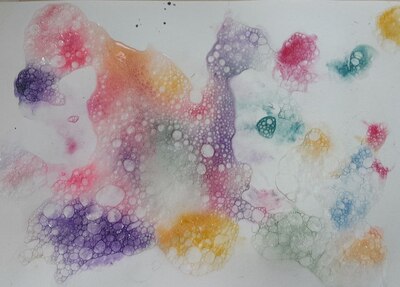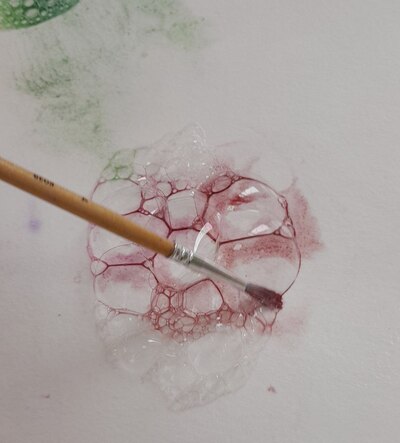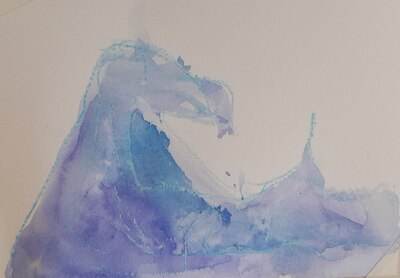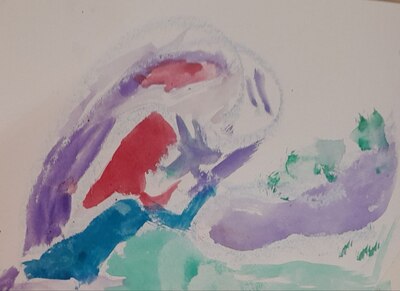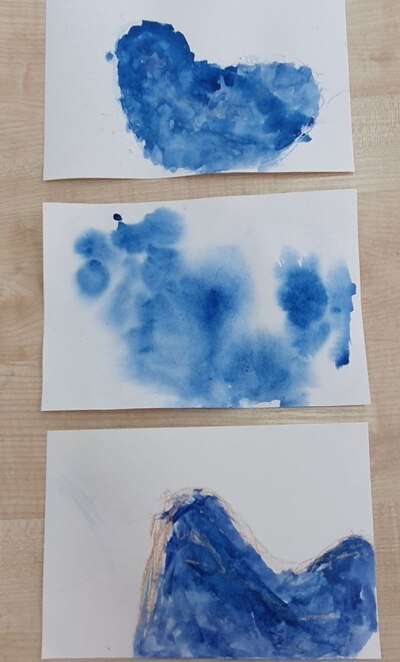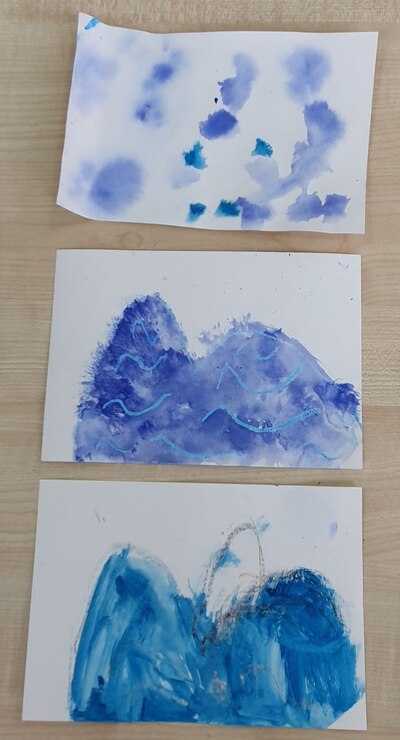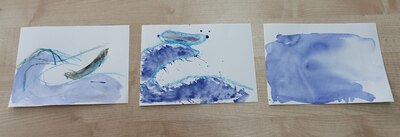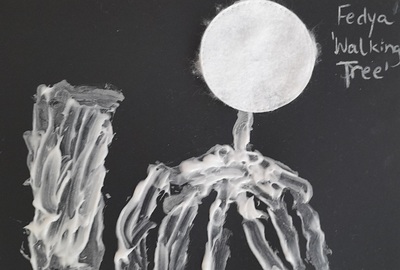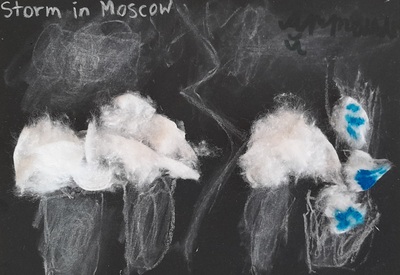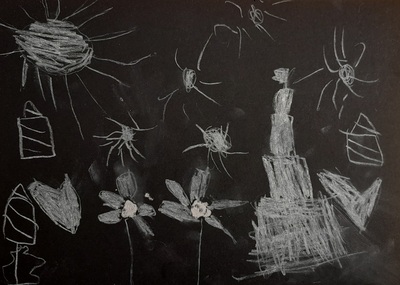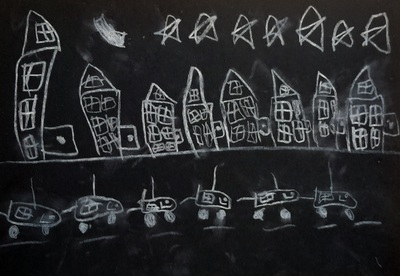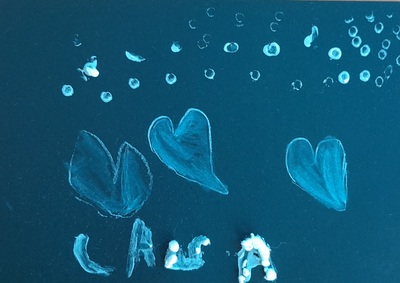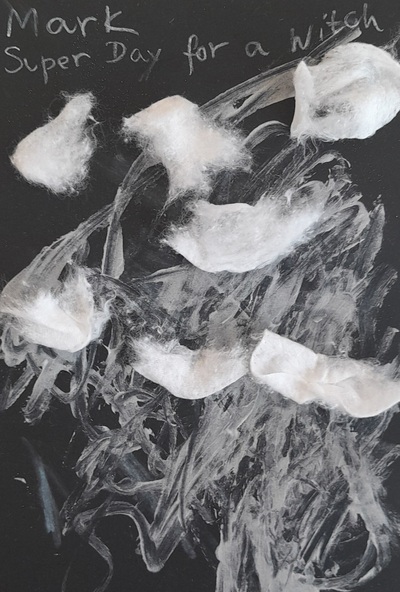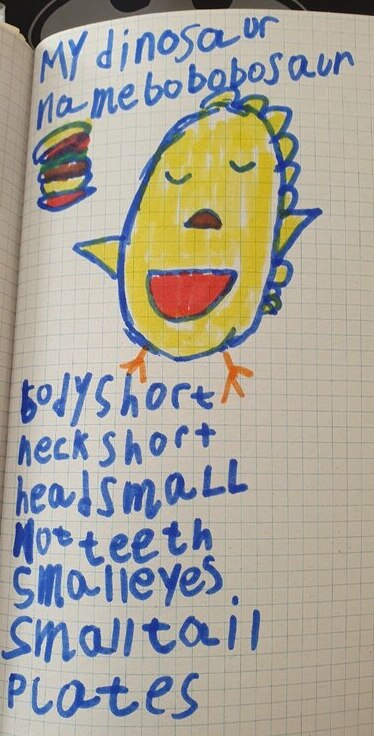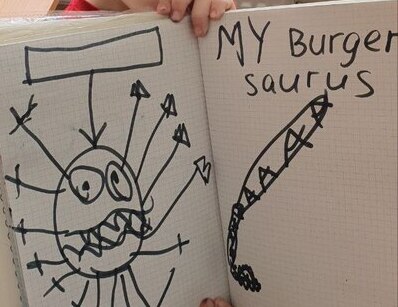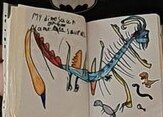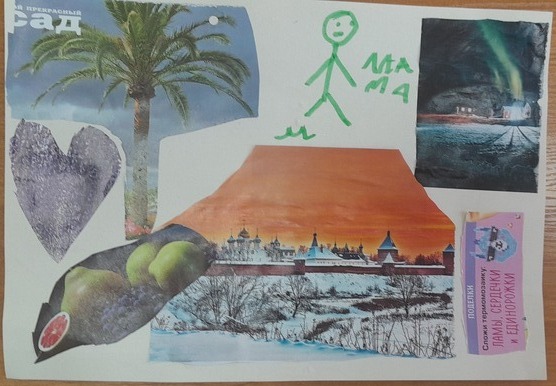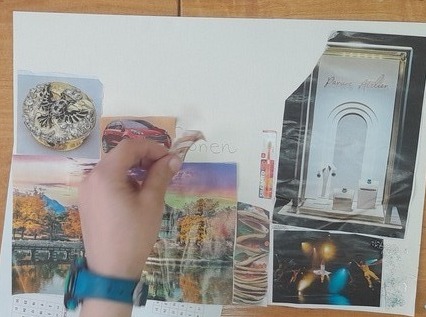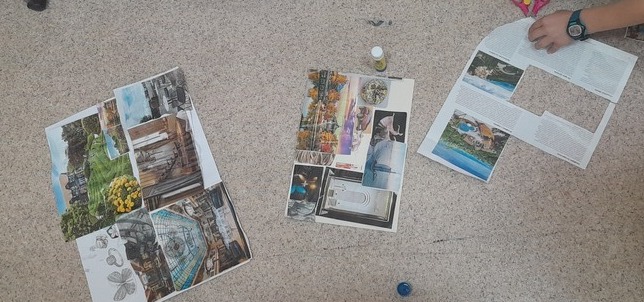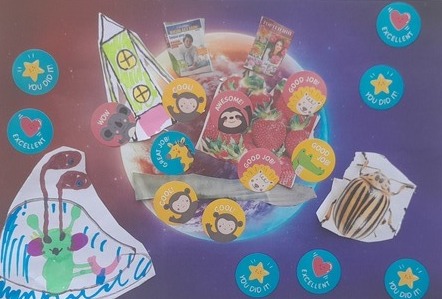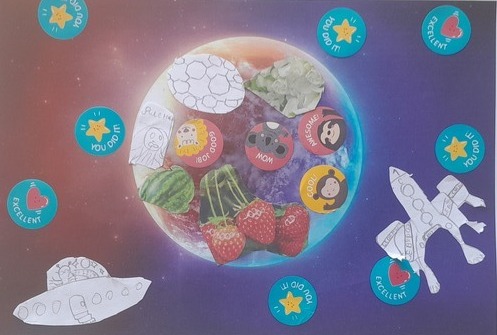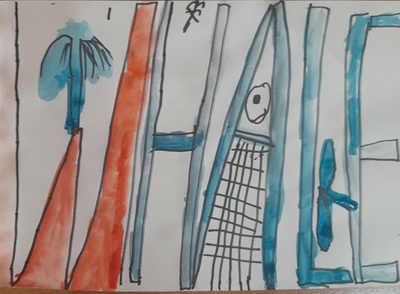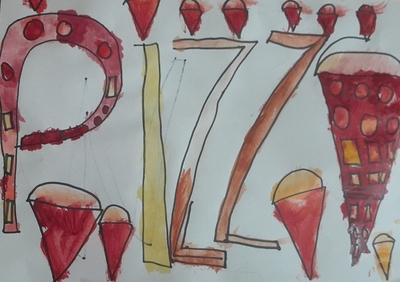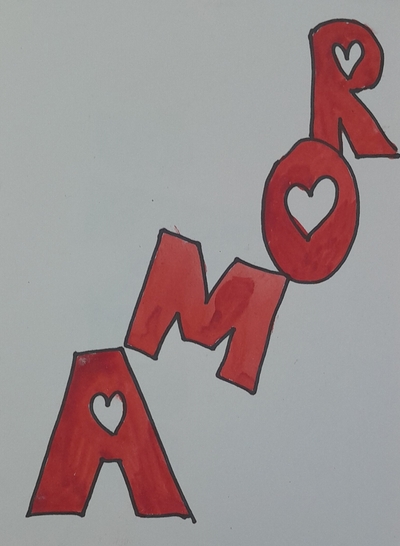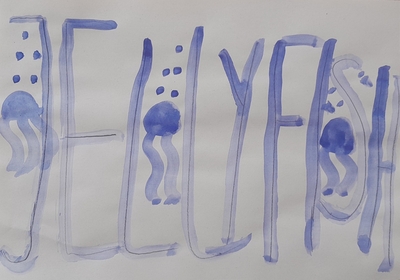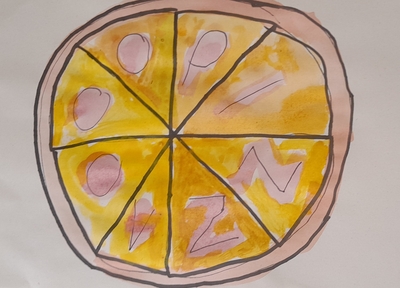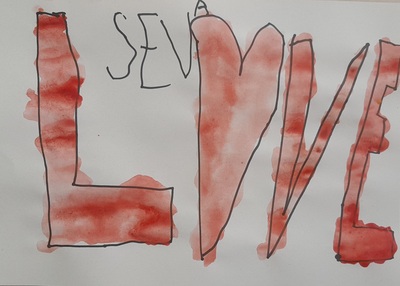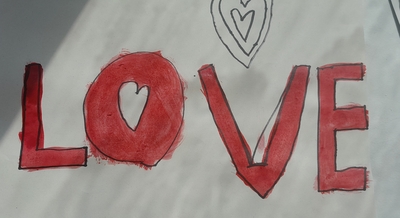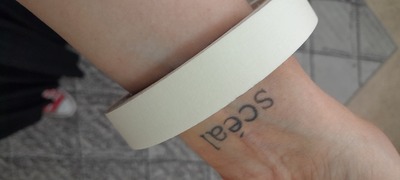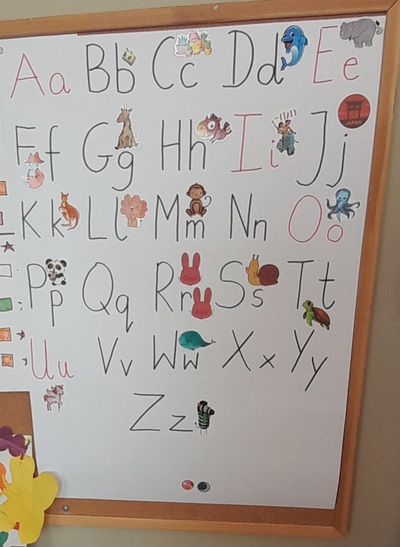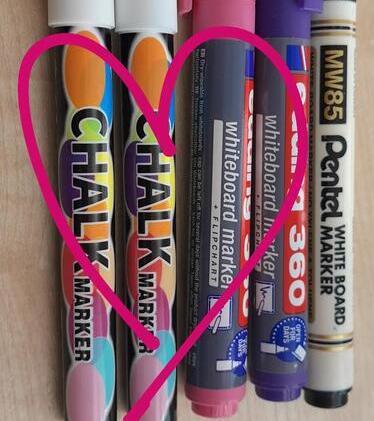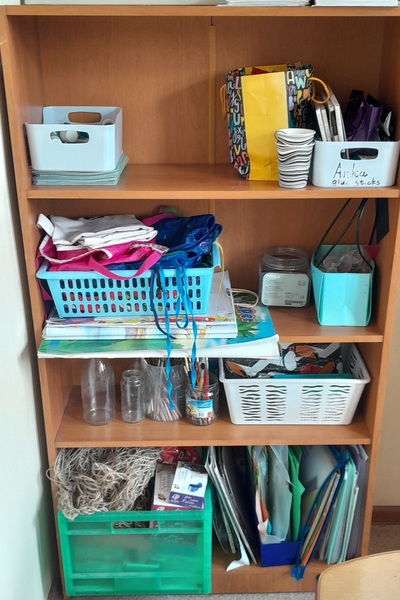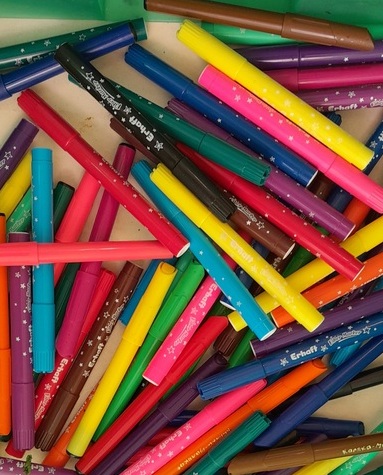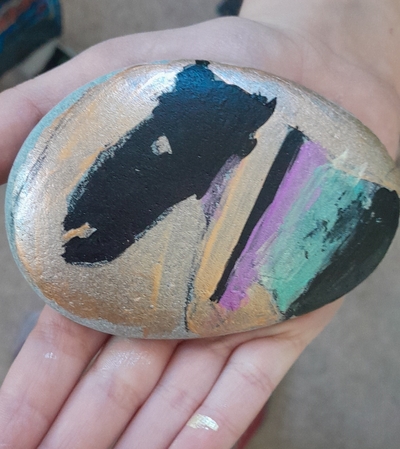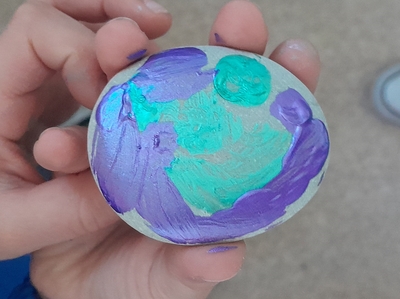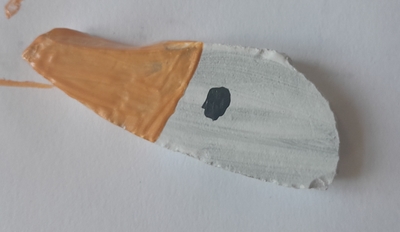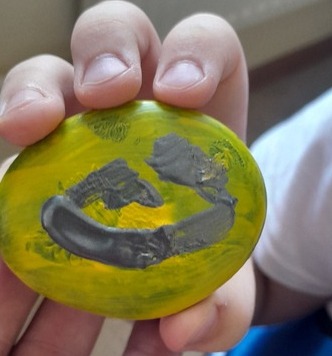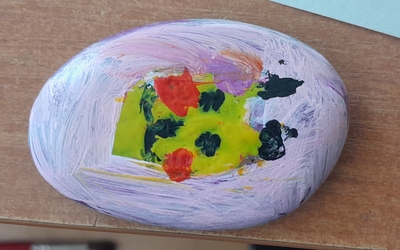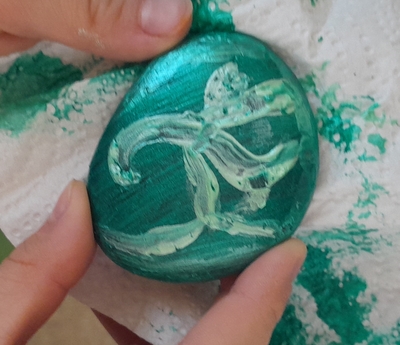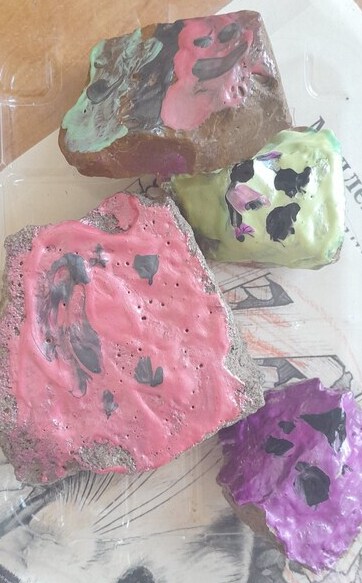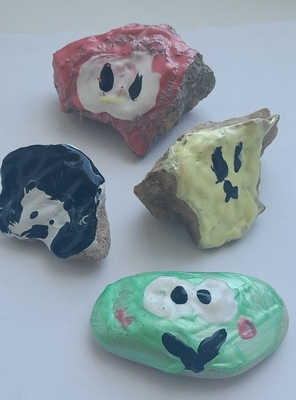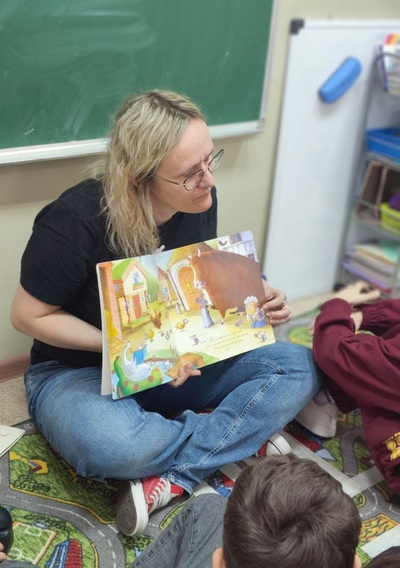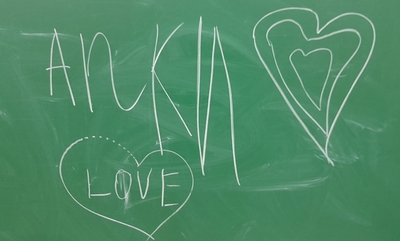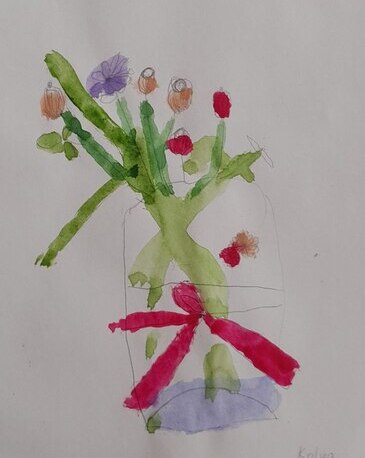
Last week, we had an opportunity to still-life twice, with the same group. Make sure you check out the other post, too. You can find it here.
The language
Having a summer camp planned well and planned by yourself (yes, a bit of blowing my own trumpet here) is great not only because it is done well but also because every day, for ten days, you know exactly what is happening and you have the same lesson routine. The pink and purple day was no different. The langauge had its own separate lesson in which we sang songs about purple and pink and we talked about our preferences, whether we like certain things in pink or colourful or purple or not. We also wrote a poem about these two colours, very losely inspired by the poems I found in the Little Learning Corner.
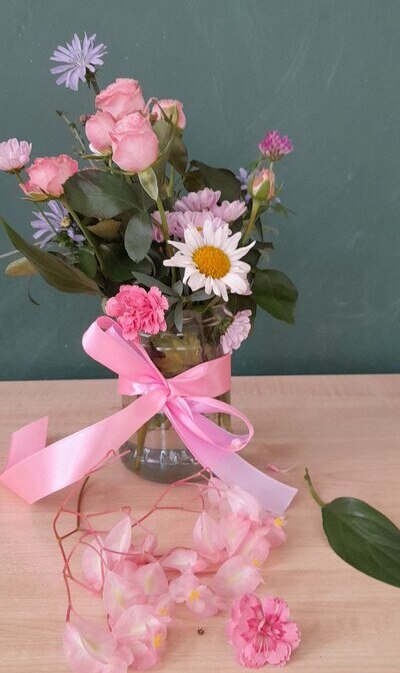
The artist
This was the day of two Frenchmen, Monet and Manet and I had to invite both because I wasn’t sure which way the lesson is going to go. Initially I was hoping we could go to the nearby park to paint there but I had to take the weather conditions and the potential summer showers into consideration and prepare two options. But, in the end, that brought up an idea for a lesson.
We looked at two paintings, Water Lillies by Monet and Bouquet of Flowers by Manet and looked for similarities and differences. We also looked at some more flowers paintings and answered a set of a questions about all of them, in order to understand a little bit about composition. Among the questions we had: Can you see all the flowers? The flowers at the front are they big or small? The flowere at the back, are they big or small? What’s the biggest flower? What’s the smallest? etc.
I had a set of photographs prepared, in order to focus either on the flowers in the garden or those in vases and, in the end, we had give up on the idea of painting in the park and we focused on the vase that I filled with flowers.
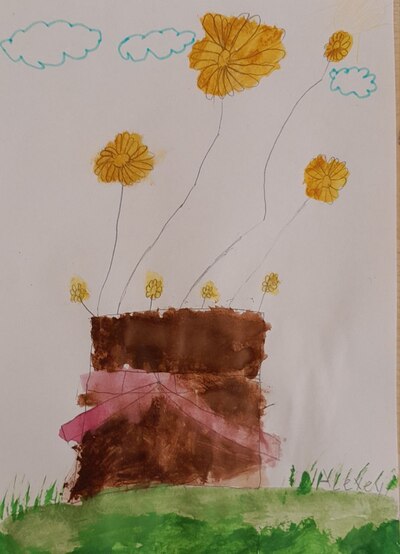
The art
As you can see from the paintings accompanying this post, everyone chose their own approach to a flower still-life. My students painted anything and everything they could see and yes, they saw different things. This was to some extent a surprise but a pleasant one and I did not want to intervene or to ensure at all cost that they all focus on the realism and try to recreate the image. Perhaps one day we will get there but even when we do, it will require its own separate technique, planning and staging.
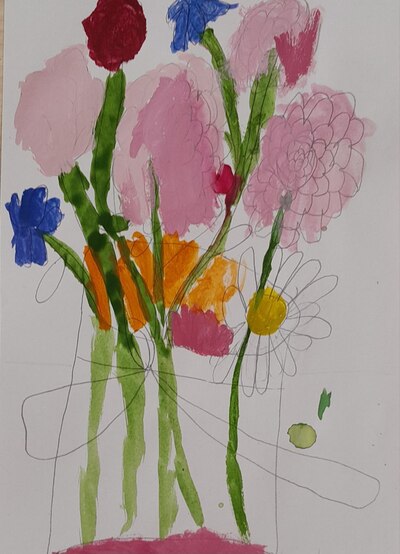
Another (not unpleasant) surprise was the fact that all of my students took time to start, more than they had ever done before. At first I was alarmed but it was only until I realised that they were just taking it in, and that looking at the flowers, looking at the page, and processing the task is all a very important part of it and that we should make it official, our creative Thinking Time.
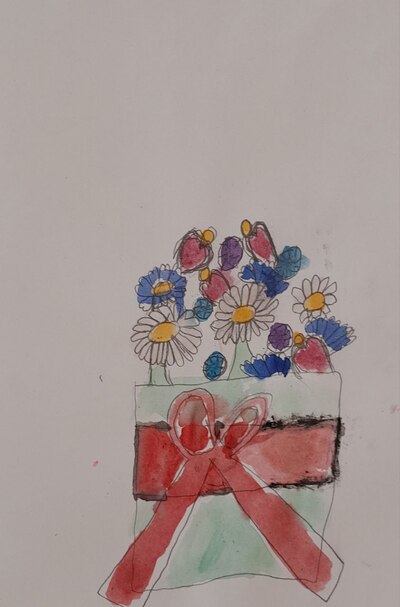
I added the daisy just for the contrast but it turned out to be a very clever decision (albeit it was not planned, I am still learning!) but it helped us a lot. We started with a vase and with a ribbon but then, moving on to the flowers, the daisy was a good starting point. All the other flowers were arranged around the daisy, in the vase and on the paper. At least with my older students and with those who needed guidance. With all the other ones, who were already at work, I just let things be.
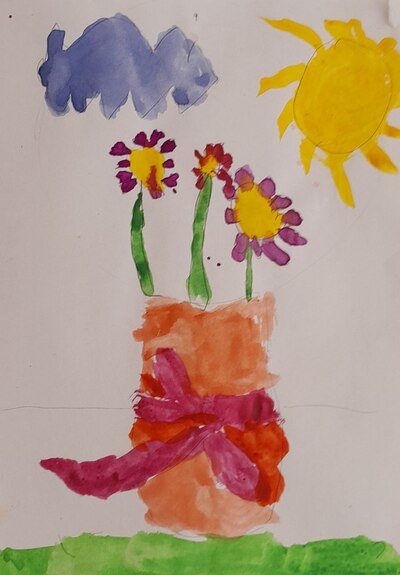
One more thing that I learnt on that day was that, perhaps, for a first flower still-life, it would be good to have a simpler set, with a variety of colours and flowers, to help the children see them and to help the children draw them, too.
Two of my students started to sketch the plants and while they were doing that, they asked for permission to keep it black and white. I agreed, of course. How could I not, when the question was asked like that: ‘Miss Anka, can I do it in the style of a 19th century photograph?‘ (though it was asked in the L1). And they are beautiful.
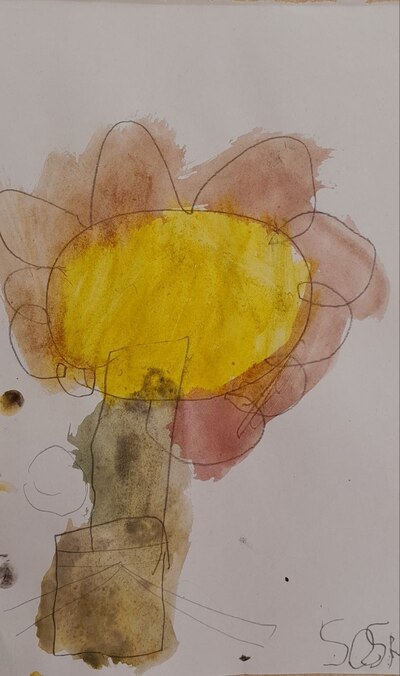
One of my students chose to focus on the daisy and went for it, very much, in the style of Georgia O’Keeffe (who, by the way, was one of the painters who featured in my presentation) and it is just wonderfully magnificent.
As usual, I am looking at all the photos while getting them ready for the post and it is amazing to see how the realism and the bouquet I created shows in them. Sometimes it is a ribbon and a vase, sometimes it is the daisy and the flowers, sometimes the little roses. Sometimes, though rarely, it is everything. And as says one of my favourite superheroes, Pete the Cat, ‘Because it’s all good!’
Welcome to the gallery!
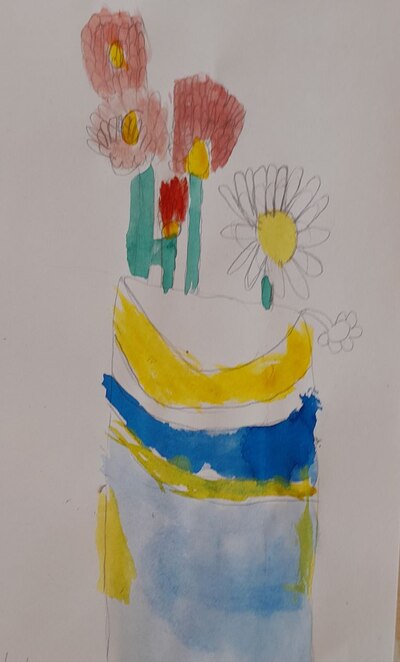
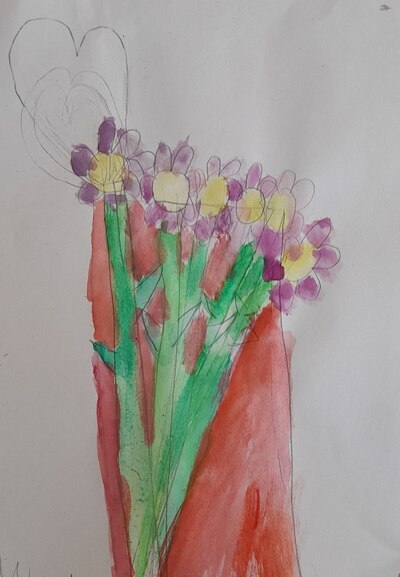
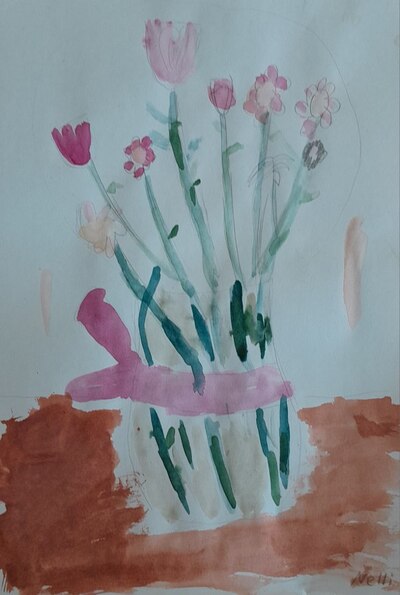
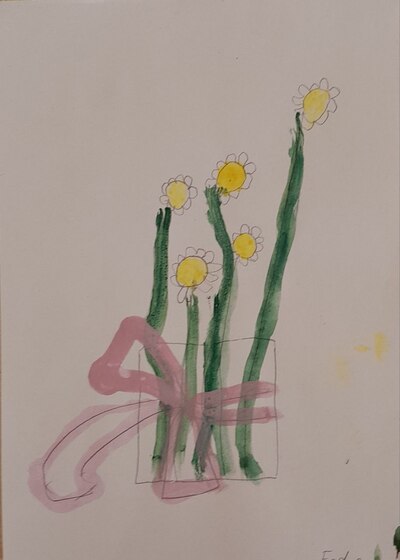
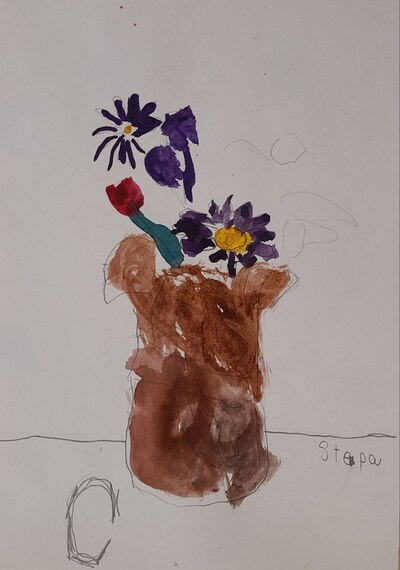
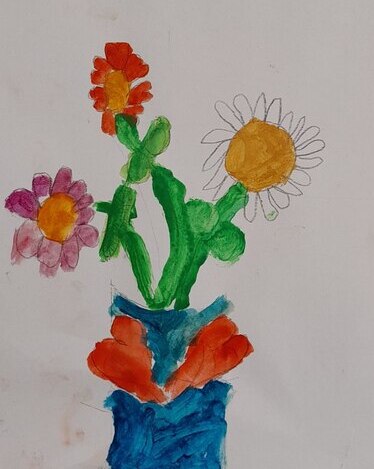
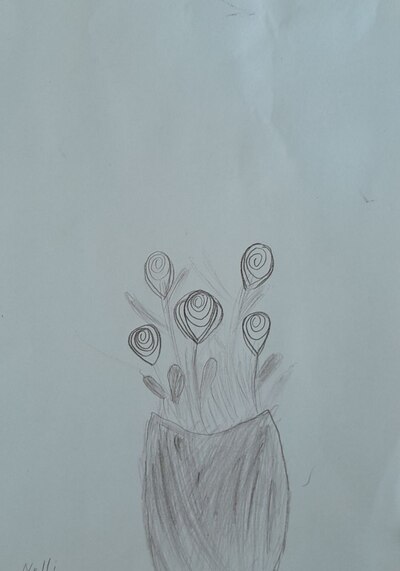
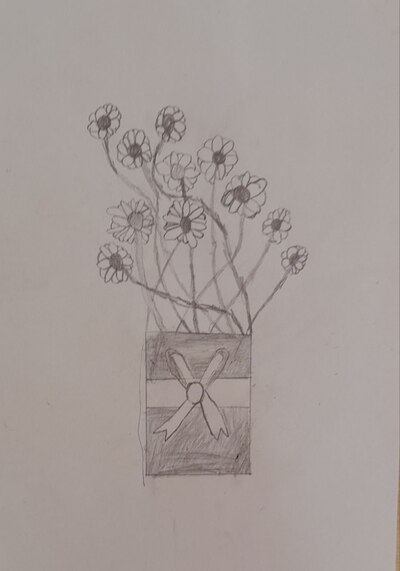
Happy teaching!


